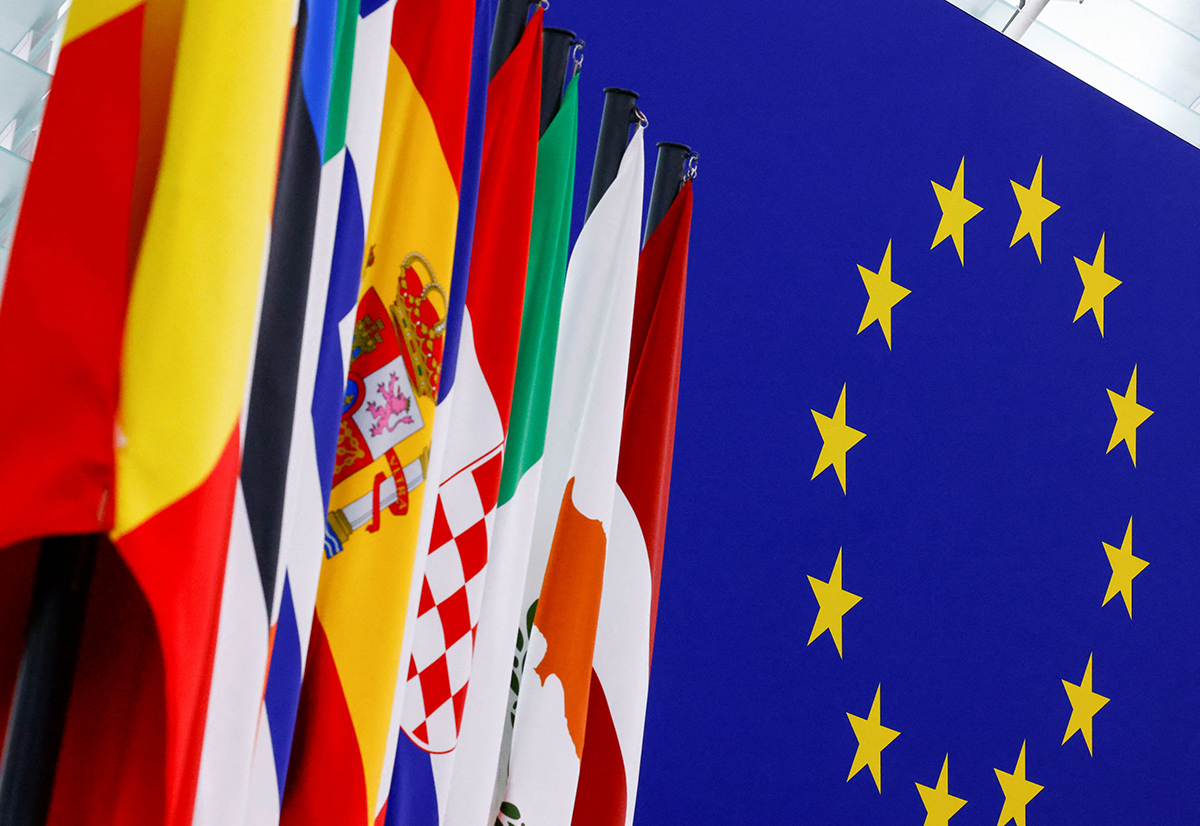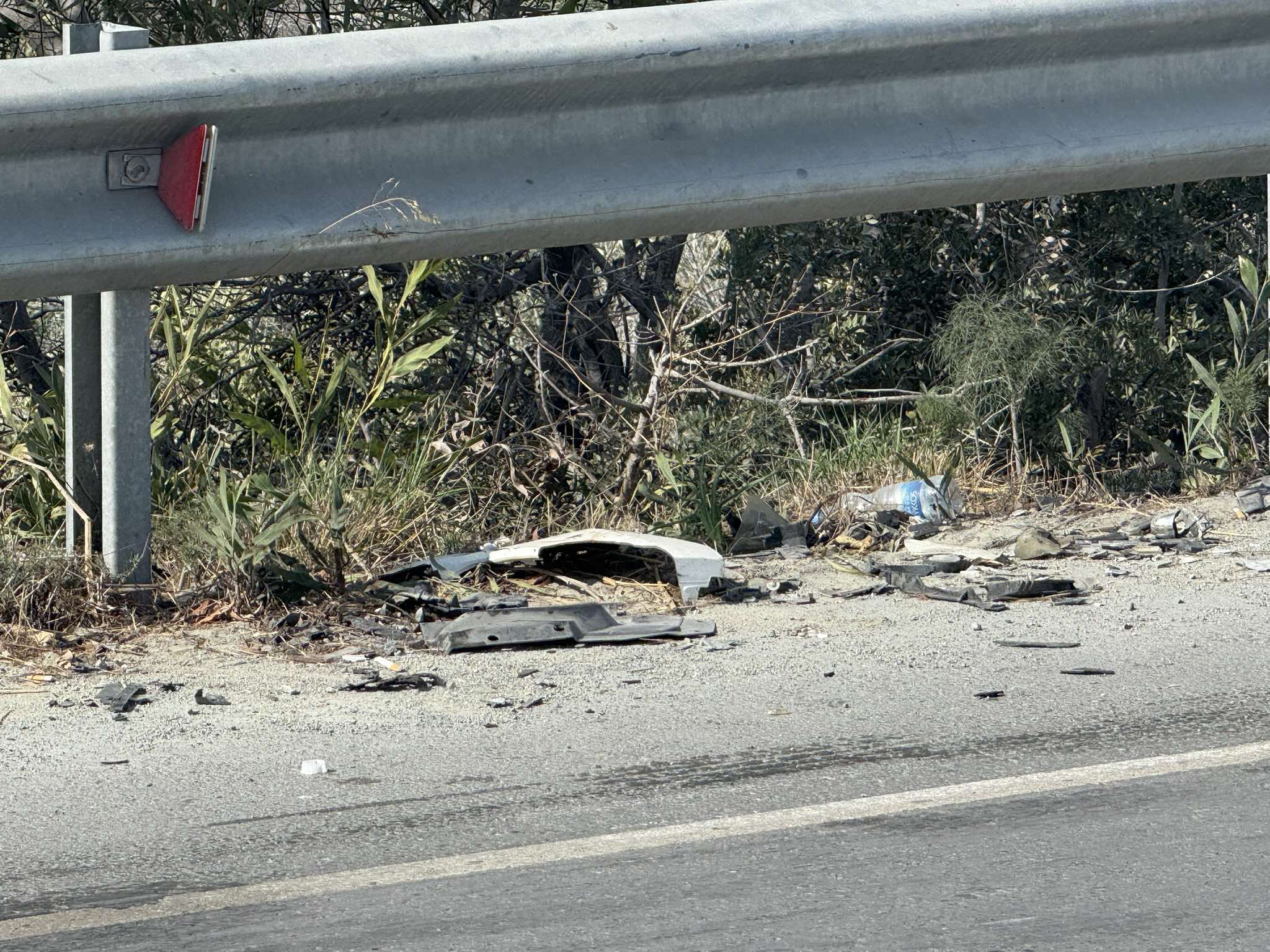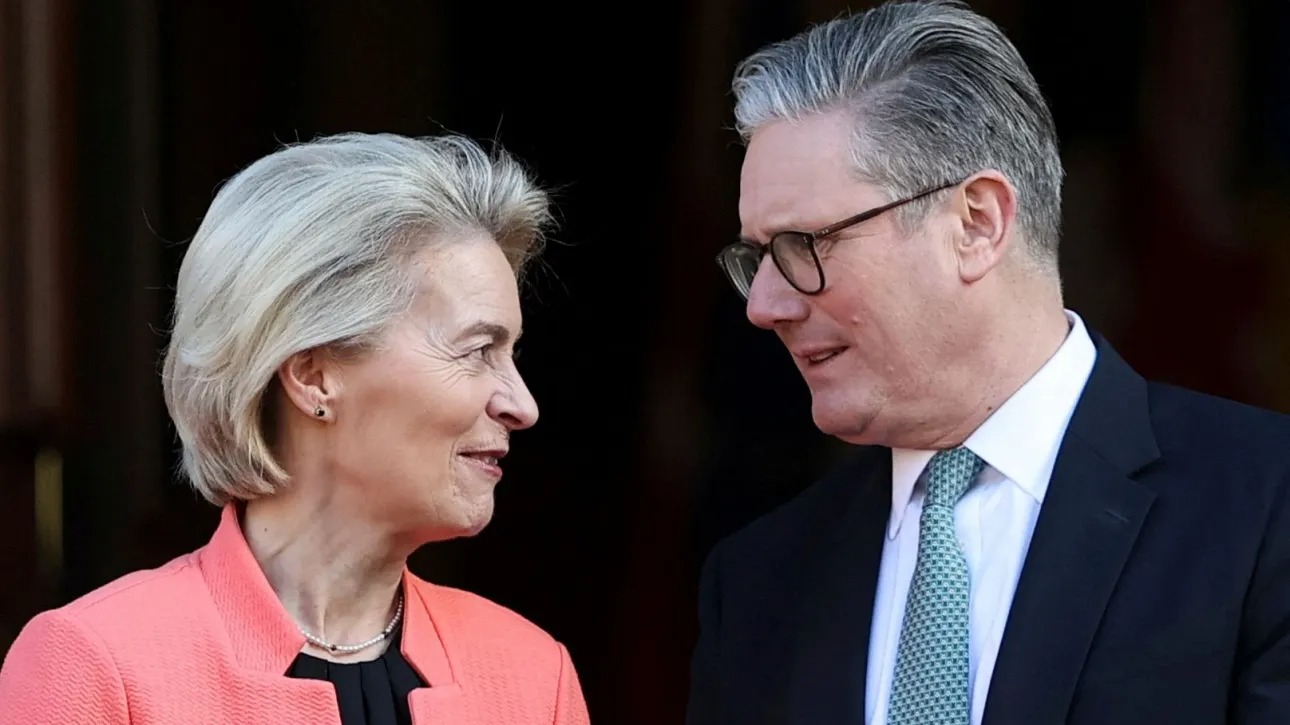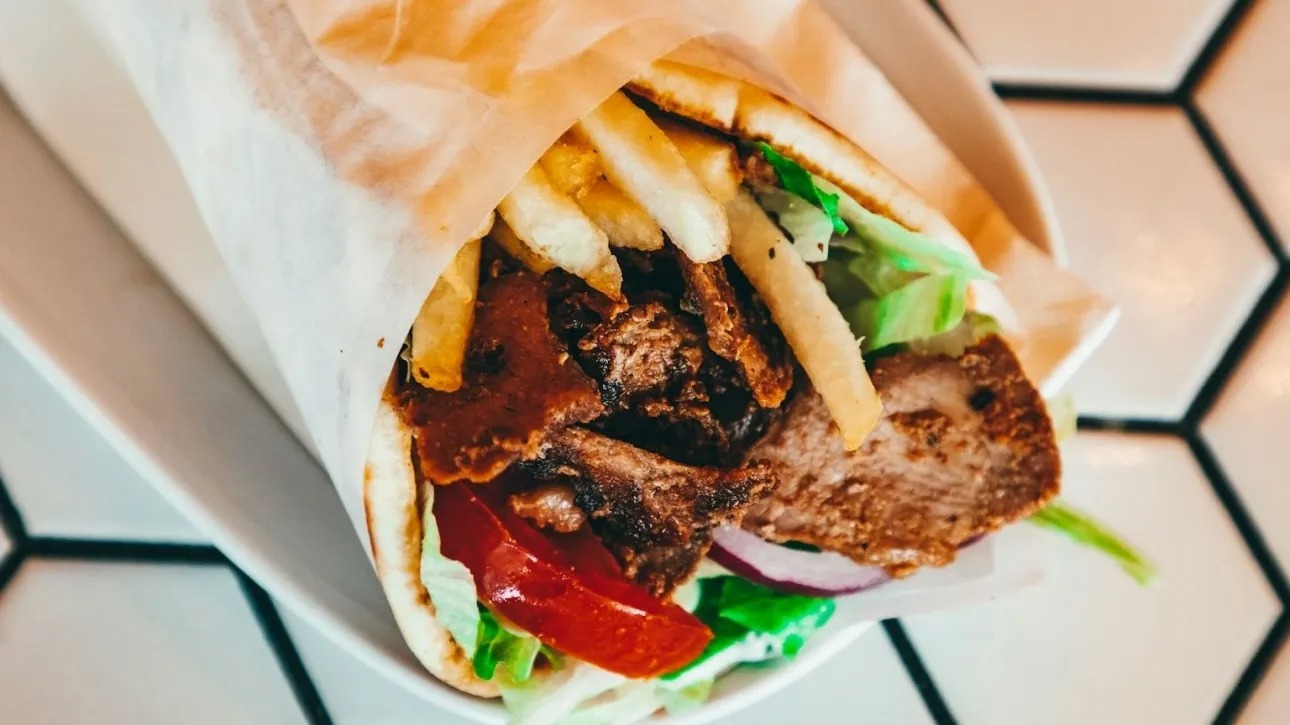On Monday, the international trade committee will vote on the Economic Partnership Agreement between the EU and Japan. This deal is the biggest trade agreement the EU has ever negotiated and will create a trade zone of more than 600 million people. It will enter into force in 2019 once the Parliament and the Council have approved it.
EU firms already export over €58bn in goods and €28bn in services to Japan every year. But European firms face trade barriers when exporting to Japan which make it hard for them to compete.
The trade agreement with Japan will:
- remove these barriers
- help shape global trade rules in line with our high standards and shared values
- send a powerful signal that two of the world’s biggest economies reject protectionism.
The key parts of the agreement
With regards to agricultural exports from the EU, the agreement will, in particular:
- scrap Japanese duties on many cheeses such as Gouda and Cheddar (which currently are at 29.8%) as well as on wine exports (currently at 15% on average);
- allow the EU to increase its beef exports to Japan substantially, while on pork there will be duty-free trade in processed meat and almost duty-free trade for fresh meat;
- ensure the protection in Japan of more than 200 high-quality European agricultural products, so called Geographical Indications (GIs), and the protection of a selection of Japanese GIs in the EU.
The agreement also opens up services markets, in particular financial services, e-commerce, telecommunications and transport. It furthermore:
- guarantees EU companies access to the large procurement markets of 48 large Japanese cities, and removes obstacles to procurement in the economically important railway sector at national level;
- addresses specific sensitivities in the EU, for instance in the automotive sector, with transition periods of up to 7 years before customs duties are eliminated.
Elimination of customs duties – tariffs on more than 90% of the EU’s exports to Japan will be eliminated at entry into force of the economic partnership. Once the agreement is fully implemented, Japan will have scrapped customs duties on 97% of goods imported from the EU (in tariff lines), with the remaining tariff lines being subject to partial liberalisation through tariff rate quotas or tariff reductions. This, in turn, will save EU exporters around €1 billion in customs duties per year.
Agriculture and food products – Japan is a highly valuable export market for European farmers and food producers. With annual exports worth over €5.7 billion, Japan is already the EU’s fourth biggest market for agricultural exports. Over time around 85% of EU agri-food products (in tariff lines) will be allowed to enter Japan entirely duty-free. This corresponds to 87% of current agri-food exports by value.
Geographical Indications – the EU-Japan agreement recognises the special status and offers protection on the Japanese market to more than 200 European agricultural products from a specific European geographical origin, known as Geographical Indications (GIs) – for instance Roquefort, Aceto Balsamico di Modena, Prosecco, Jambon d’Ardenne, Tiroler Speck, Polska Wódka, Queso Manchego, Lübecker Marzipan and Irish Whiskey. These products will be given the same level of protection in Japan as they experience in the EU today.
Industrial products – tariffs on industrial products will be fully abolished, for instance in sectors where the EU is very competitive, such as chemicals, plastics, cosmetics as well as textiles and clothing. For leather and shoes, the existing quota system that has been significantly hampering EU exports will be abolished at the agreement’s entry into force. Tariffs on shoes will be cut from 30% to 21% at entry into force, with the rest of the duties being eliminated over 10 years. Tariffs on EU exports of leather products, such as handbags, will be eliminated over 10 years, as will be those on products that are traditionally highly protected by Japan, such as sports shoes and ski boots.
Fisheries – import quotas will no longer be applied and all tariffs will be eliminated on both sides, meaning better prices for EU consumers and big export opportunities for EU industry.
Forestry – tariffs on all wood products will be fully eliminated, with seven years staging for the most important priorities. Most tariffs on wood products will be dropped immediately, with some less important tariff lines being scrapped after 10 years.
The agreement is now awaiting ratification by the European Parliament and the Japanese Diet following which it could enter into force in 2019.
















